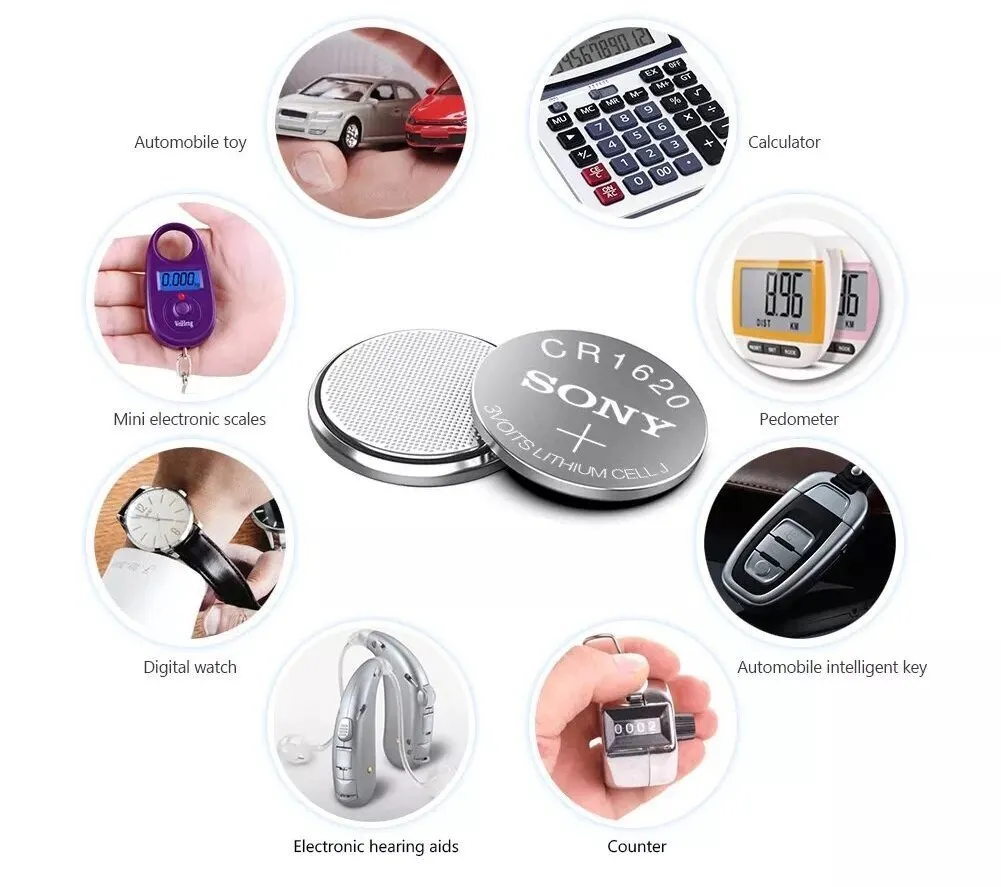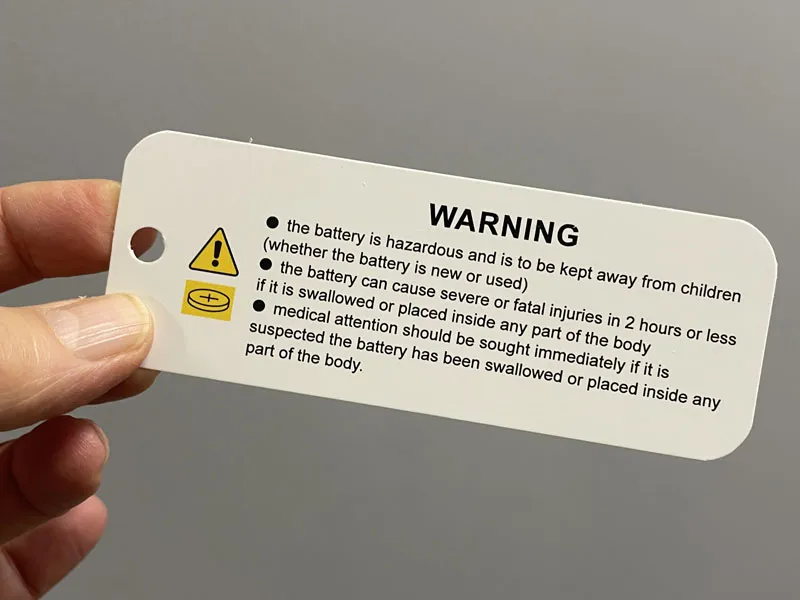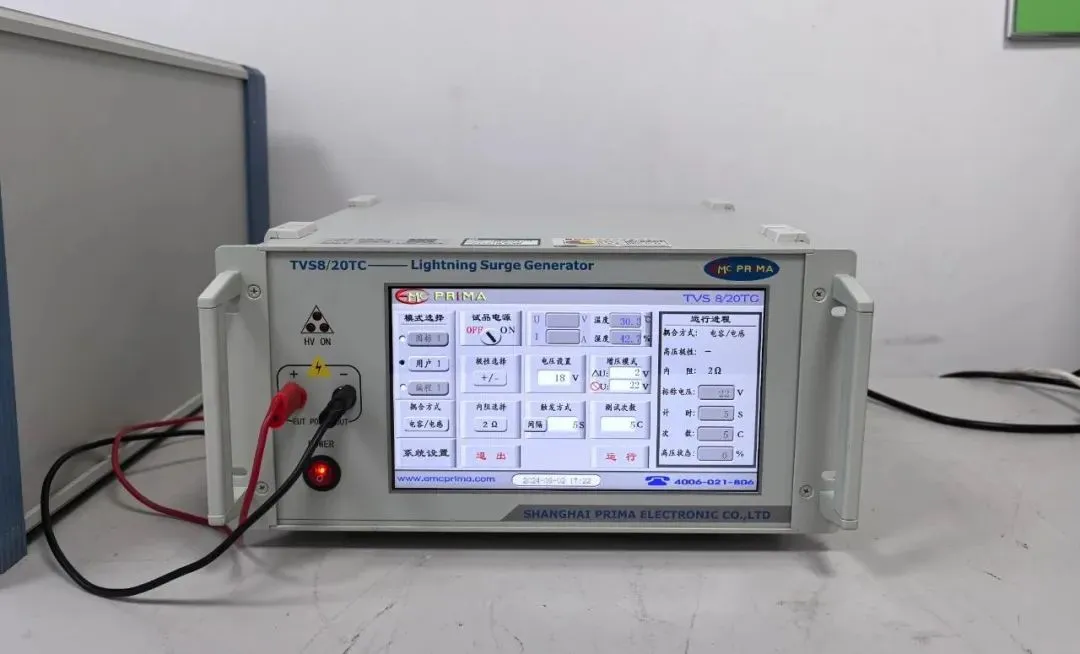
Amazon Button Cell GCC Certification and UL 4200A Test Report
Recently, Amazon released a new announcement titled "New Requirements for Consumer Goods Containing Button Cells or Coin Batteries". The announcement outlines the gcc certification compliance requirements for products containing button batteries in the US. According to the new regULations, all sellers of consumer goods that include button cells or coin batteries must provide proof of ul4200a certification and list a general compliance certificate (GCC) that meets the ul4200A standard. Failure to provide valid compliance documents will result in the prohibition of displaying the respective products.
Affected Products
These include flat, round, single-cell button batteries and coin batteries with a diameter typically ranging from 5 to 25 mm and a height between 1 to 6 mm.
Consumer goods containing button cells or coin batteries include, but are not limited to: calculators, cameras, flameless candles, flashing apparel, footwear, holiday decorations, keychains, flashlights, musical greeting cards, remote controls, and clocks.

RequiRED Documents for Sellers
If the product contains button cells:
1. gcc certificate
A self-declaration document by the seller proving that the product complies with the applicable consumer product safety regulations.
2. UL4200A Certificate
A test report obtained from an ISO17025 certified laboratory confirming compliance with the ul4200a standard.
3. Product Packaging Image
The product packaging must display the product model, part number, or item number. Both the packaging and the product must have warning labels.

If the product does not contain button cells:
- Review and modify the listing to remove sensitive words, then submit an appeal declaring the product’s usage, materials, and explicitly stating that it does not contain button cells. Generally, this will suffice to clear the requirement.
UL4200A Test Requirements
Product Structure:
1. For products with "user-replaceable or user-movable batteries":
- The structure must meet the following criteria:
The IEC61032 probe 11 must not contact the battery.
If the casing can be opened without tools or with hands in fewer than two independent continuous actions, it must be opened during inspection for evaluation.
Products must prevent children from moving the battery using designs such as:
Requiring tools (e.g., screwdriver, coin) to open the battery compartment, with a minimum torque of 0.5 Nm and a minimum rotation angle of 90 degrees.
Fasteners should engage at least two full threads.
If opened by hand, it should require at least two independent and simultaneous actions to open the battery compartment cover or door.
If the battery compartment cover or door is secured by screws or similar fasteners, the fasteners must be retained to the cover or door (e.g., captive screws).
2. For products with "non-user-replaceable or non-user-movable batteries":
Effective prevention of user or child removal of the battery.
Designed so that the battery is inaccessible through the casing or similar methods.
Fixed in place using welding, riveting, or similar methods.
Test Requirements:
- Structural requirements
- Pre-treatment requirements
- Abuse tests (drop test, impact test, compression test, torque test, tensile test, pressure test, compliance test)
- Safety tests
- Product and packaging labeling requirements
- Instruction manual requirements
Warning Labels:
- Product Packaging Main Display Surface Requirements


- Product Body Display Surface Requirements



Email:hello@jjrlab.com
Write your message here and send it to us
 Canadian Rug Flammability Testing
Canadian Rug Flammability Testing
 Toy Flammability Test Compliance Certification
Toy Flammability Test Compliance Certification
 ISO 17025 Accredited Test Laboratory
ISO 17025 Accredited Test Laboratory
 What is Amazon California Proposition 65?
What is Amazon California Proposition 65?
 New METI Registration Regulations in Japan
New METI Registration Regulations in Japan
 Attention for Amazon Japan Sellers: New PSE Regula
Attention for Amazon Japan Sellers: New PSE Regula
 Compliance with Japanese Representative & METI
Compliance with Japanese Representative & METI
 ZigBee-LoRa-Z-Wave Product compliance testing
ZigBee-LoRa-Z-Wave Product compliance testing
Leave us a message
24-hour online customer service at any time to respond, so that you worry!




